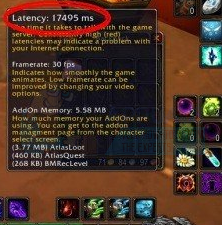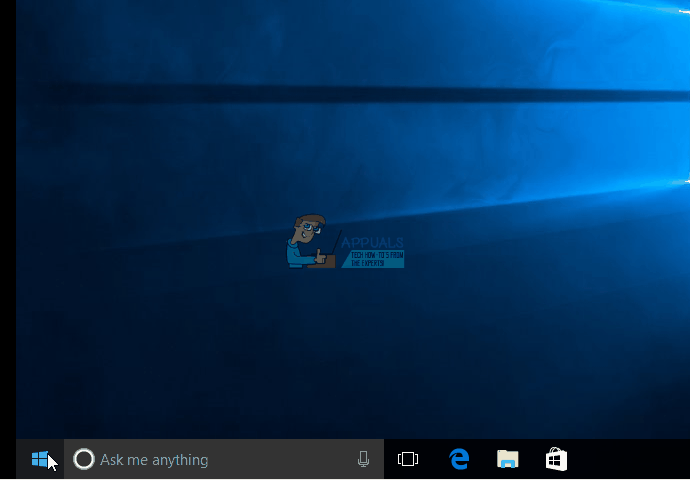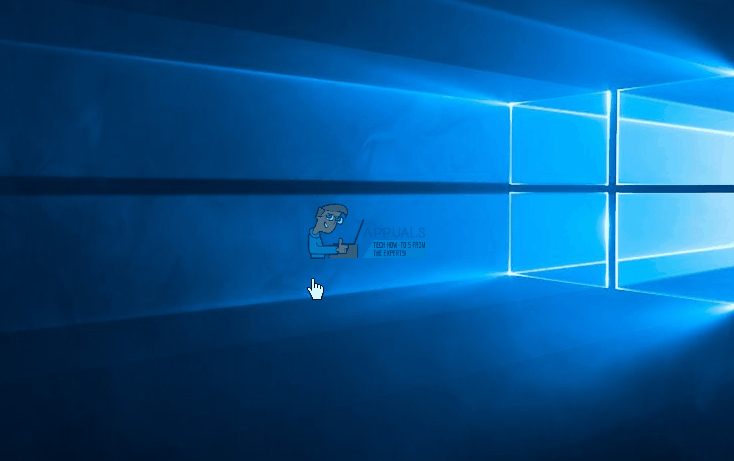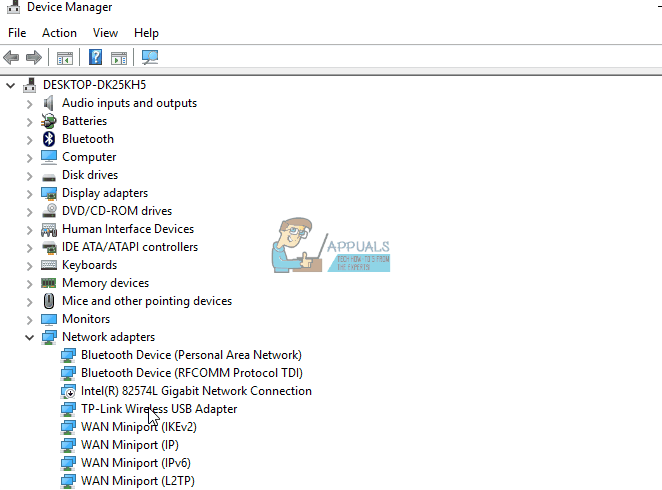Fix: WOW World of Warcraft High Latency
World of Warcraft is a massively multiplayer online role-playing game developed, release and distributed by Blizzard Entertainment (the same people behind classics such as Diablo and Starcraft and last year-s huge hit Overwatch). World of Warcraft is the fourth game of its kind, being set in the same fantasy Warcraft universe as its three predecessors. WoW, as it is commonly referred to, was released to the world back in 2004 and to this day remains one of the most successful online multiplayer games in existence, having gone through tons of changes since its release.
Being an online game that requires a constant and stable connection to the internet, World of Warcraft is plagued by the same problems as other games of its kind, chief among them being high latency issues and frequent disconnections from WoW servers. In some cases, high latency and disconnects are server-side issues, meaning that they can only be fixed by WoW’s development team. To see whether or not WoW servers are running and fully operational, simply check this page.

However, high latency and frequent disconnect issues have client-side causes in most cases, and there’s a lot a player can do to get rid of these issues. The following are some of the most effective solutions and troubleshooting steps you can use to try and resolve high latency and frequent disconnection issues in World of Warcraft:
Solution 1: Disable or uninstall any and all third-party security programs
Third-party antivirus, antimalware and firewall applications can sometimes interfere with World of Warcraft’s connection to the internet, leading to problems such as high latency or frequent disconnections from the game’s servers. If a third-party security program is the cause of your sorrows, simply disable (or better yet, uninstall) any and all third-party security programs installed on your computer. Once that’s done, check to see whether or not the fix worked. If you would like to uninstall a third-party security program installed on your computer but don’t know how to do so, use this guide.
Solution 2: Reset World of Warcraft’s User Interface
- If World of Warcraft is currently running, close it.
- Launch the battle.net desktop app, navigate to Options and select Show in Explorer.
- Navigate to the World of Warcraft folder in Explorer, and rename the Cache, Interface, and WTF folders to CacheOld, InterfaceOld, and WTFOld
- Close Explorer and launch World of Warcraft to have the changes take effect.
- Uninstall any and all add-on managers you have since they may be interfering with WoW, and then close the game.
- Configure Windows to show hidden files and folders, and navigate to the following directory:
C:\Users\(YOUR USERNAME)\AppData\Local\VirtualStore\Program Files\World of Warcraft\
- Locate and right-click on the Cache, Interface, and WTF folders, click on Delete and confirm the action in the resulting popups.
- Close Explorer and restart your computer.
- When the computer boots up, launch World of Warcraft. WoW’s UI will have now been reset, and you should no longer be experiencing any high latency or frequent disconnection issues.
Solution 3: Make sure that your computer is up to date
An outdated Operating System can often lead to connectivity issues in World of Warcraft, which is why you should make sure that your computer is up to date if you are suffering from high latency or frequent disconnection issues. To use this solution, you need to:
- Open the Start Menu.
- Click on Settings.
- Click on Update & security.
- In the left pane of the window, click on Windows Update.
- In the right pane of the window, click on Check for updates.

Allow Windows to check for updates, and it will proceed to automatically download and install any and all available updates for your computer.
Solution 4: Optimize your internet connection
- Wireless connections can be pretty unstable, especially in terms of speed, which is why they are not at all recommended for playing online games. If you are using a wireless connection, see if you can switch to a wired one.
- If there are any programs that consistently access the internet running in the background while you are playing WoW, the program(s) may be interfering with the game’s connection to the internet and its servers. When playing WoW, close any and all other programs that require a connection to the internet.
- Reset and power cycle your internet router/modem – simply unplug it from its power source, wait for 1-2 minutes, plug it back in and turn it on. Power cycling your router/modem can fix most connectivity issues, especially packet loss during data transmission.
- Flush your DNS – open the Start Menu, search for “cmd”, right-click on the search result titled cmd and click on Run as administrator, type ipconfig /flushdns into the elevated Command Prompt and press Enter. You might be experiencing connectivity issues in WoW because your DNS is not configured correctly, and flushing it should fix that.
- Adjust your in-game network settings to see if that resolves the problem – while playing World of Warcraft, press ESC, click on System > Network, and check the Optimize Network for Speed option if you are using a high-speed internet connection, or uncheck it if you are using a low-speed internet connection.
- If you are using a satellite or cellular phone internet connection to play WoW, consider switching to a more stable alternative.
Solution 5: Update your network adapter’s driver software
- Press the Windows Logo key + R to open a Run
- Type devmgmt.msc into the Run dialog and press Enter to launch the Device Manager.
- In the Device Manager, double-click on the Network adapters section to expand it.
- Locate your computer’s network adapter under the Network adapters section, right-click on it and click on Update Driver Software….
- Click on Search automatically for updated driver software, and wait for Windows to conduct the search.

If Windows finds updated driver software for your computer’s network card, it will automatically download and install it. If that happens, launch WoW and check to see whether or not the problems have been resolved once the network adapter’s driver software has been updated.
Solution 6: Uninstall (and then reinstall) your computer’s network adapter
- Press the Windows Logo key + R to open a Run
- Type devmgmt.msc into the Run dialog and press Enter to launch the Device Manager.
- In the Device Manager, double-click on the Network adapters section to expand it.
- Locate your computer’s network adapter under the Network adapters section, right-click on it and click on Uninstall.
- Enable the Delete the driver software for this device option by checking the checkbox beside it, and then click on OK.
- Wait for the network adapter and its driver software to be completely uninstalled.
- Once the network adapter has been uninstalled, click on Action > Scan for hardware changes. When you do so, Windows will automatically detect and reinstall the network adapter and its drivers.
- Wait for the network adapter and its drivers to be reinstalled, and then restart the computer. Check whether or not the problem has been fixed when the computer boots up.
